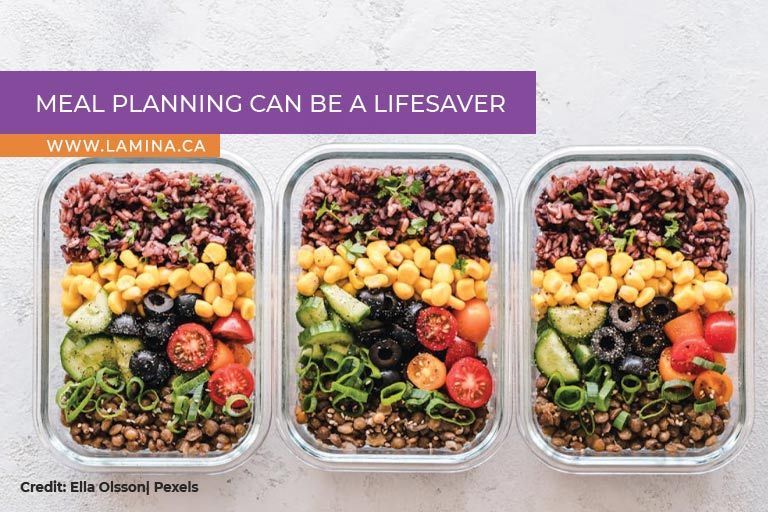Step 4: Embrace Smart Shopping Strategies to Stretch Your Budget
Now that you have a plan, here are techniques to maximize your budget:
Many store-brand products offer the same quality as name brands at a fraction of the cost. Conduct a taste test at home and embrace generics whenever possible.
Many stores advertise weekly sales flyers. Utilize these resources to plan your meals around discounted items and stock up on pantry staples when they're on sale.
- Consider Discounted Grocers
Explore stores that are known for their lower prices without sacrificing quality. Be mindful, however, that these stores often have a smaller selection of brands and may not carry all your preferred items.
Frozen fruits and vegetables are flash-frozen at their peak, preserving nutrients and offering incredible value compared to their fresh counterparts. They also have a longer shelf life, reducing food waste.
Certain dishes like soups, stews, and casseroles lend themselves well to bulk cooking. Cook larger portions, freeze individual servings, and enjoy healthy, home-cooked meals throughout the week. This strategy saves time and money on future grocery trips.
Plan your meals strategically, utilize leftovers creatively, and embrace creative storage techniques to minimize food waste. This saves money and reduces your environmental footprint.
Step 5: Track Your Progress and Re-Evaluate
Budgeting is a continuous process. Regularly track your grocery spending and compare it to your budgeted amount. Celebrate your wins and identify areas where you can improve. Be flexible and adjust your tactics as your needs or circumstances change.
Additional Tips for Grocery Optimization:
Avoid bringing children or family members who might be tempted by impulse buys.
Freshly baked goods are tempting but often expensive. Satisfy your sweet tooth with homemade treats or store-bought alternatives.
- Use Coupons Strategically
Opt for coupons for items you would buy regularly, not just to buy something you wouldn't normally purchase.
- Consider a Community-Supported Agriculture Program
These programs offer fresh, local produce at a discounted rate, often supporting small-scale farmers.
- Grow Your Own Herbs or Vegetables
Even a small herb garden can reduce your grocery bill and provide fresh, flavorful ingredients.







